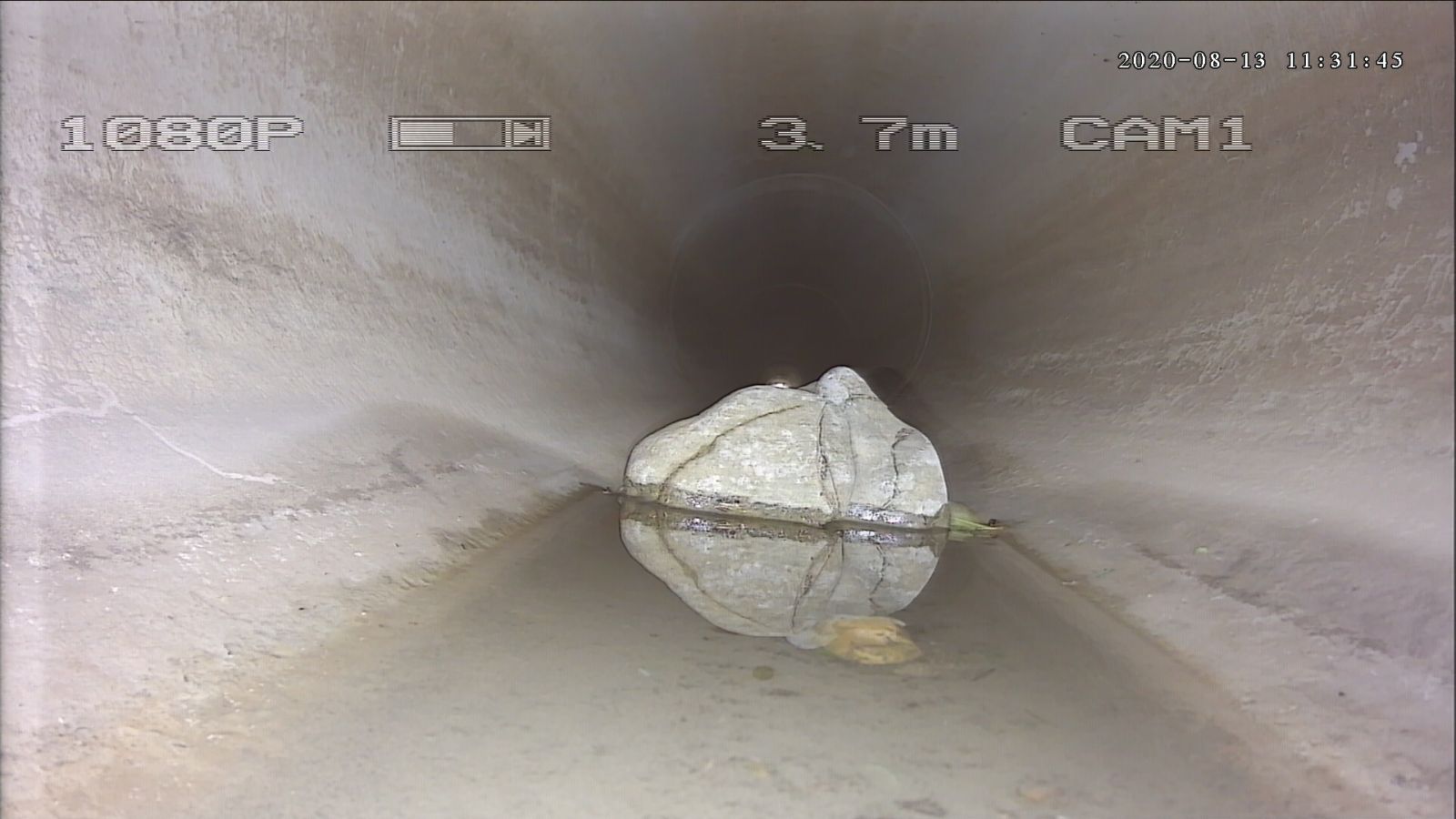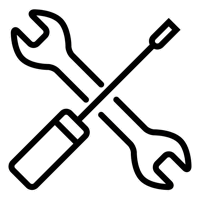Full HD Drain Cameras — Why Image Quality Matters in Pipe Inspections
Author: James Osborne Date Posted:2 October 2025
Full HD Drain Cameras — Why Image Quality Matters in Pipe Inspections
When it comes to diagnosing underground pipes, clarity is everything. A missed crack, unnoticed blockage, or poorly documented inspection can lead to costly repairs, flooding, and dissatisfied customers. For this reason, more Australian plumbers, councils, and contractors are turning to Full HD drain cameras. These high-resolution systems deliver crystal-clear visuals that enable faster, more accurate, and more professional inspections.
This guide explores why image quality is so important, the features that make Full HD cameras stand out, their benefits for different industries, and what to look for when choosing the right system.
Why Image Quality Matters in Drain Inspections
Standard definition cameras can show basic blockages but often miss subtle pipe defects. A blurry image increases the risk of:
- Misdiagnosis — cracks or misaligned joints may not be visible
- Repeat inspections — costing contractors more time and labour
- Customer frustration — when problems persist after initial repairs
- Non-compliance — where councils or insurers require high-quality footage
In contrast, Full HD cameras capture every detail, ensuring inspections are accurate the first time and providing clear video evidence for reporting.
What Are Full HD Drain Cameras?
A Full HD drain camera is an inspection system capable of recording and transmitting 1080p resolution video or higher. Combined with high-powered LED lighting, these cameras reveal fine details inside sewer, stormwater, and residential pipes.
Features include:
- High-resolution imaging — 1080p or higher for maximum clarity
- Advanced optics — sharp focus in confined or murky conditions
- Powerful lighting — adjustable LEDs to eliminate shadows
- Durability — waterproof and shock-resistant camera heads
- Recording options — capture stills and video for reports
Benefits of Full HD Drain Cameras
High-quality imaging delivers real-world advantages across the industry:
- Faster problem identification — defects are spotted immediately
- Professional reporting — impress customers and councils with clear footage
- Reduced disputes — video evidence avoids disagreements with clients
- Compliance — many councils and insurers require HD footage for documentation
- Improved safety — reduces the need for repeat confined-space entries
Applications in Australia
Full HD drain cameras are used by a wide range of professionals:
Plumbers
Plumbers use HD cameras to diagnose household blockages, cracked pipes, and root intrusions. Clear footage makes it easier to explain findings to customers and justify repair costs.
Contractors
Commercial contractors rely on HD cameras for facility maintenance and new installations. Clear inspection footage supports tenders, compliance, and asset management programs.
Councils
Councils demand HD footage for stormwater and sewer network inspections. This allows them to prioritise maintenance, prevent flooding, and comply with state infrastructure standards.
Industrial Facilities
Factories, mines, and refineries use HD cameras to monitor cooling pipes, drainage, and underground conduits. High-resolution footage ensures safety and reliability in mission-critical environments.
Full HD vs Standard Definition Cameras
Here’s a direct comparison of Full HD and standard systems:
| Feature | Standard Definition | Full HD |
|---|---|---|
| Resolution | 480p–720p | 1080p or higher |
| Defect detection | Basic (blockages, large cracks) | Detailed (fine cracks, corrosion, leaks) |
| Reporting | Limited | Professional-grade, compliance ready |
| Customer impression | “Good enough” but unclear | Sharp, detailed, professional |
The two images below are taken from the Testrix Bluebird HD drain & sewer pipe inspection camera and show the detail in the pipe, particularly on the joint at the top which is possible due to the full HD imaging from the Sony sensor used in it's camera head.

.jpeg)
Buyer’s Guide — Choosing a Full HD Drain Camera
When investing in a Full HD drain camera, contractors and councils should consider:
- Cable length — 30m for residential, 60m–120m for commercial or council
- Self-levelling option — keeps the image upright for clarity
- Locator compatibility — allows precise defect mapping
- Lighting power — high-output LEDs for large pipes
- Recording capability — ensure easy export for reports
Costs and Finance Options
Full HD drain cameras cost more than standard-definition systems, but the investment quickly pays off:
- Entry-level Full HD push rod cameras — $7,000–$12,000
- Mid-range HD pan & tilt systems — $15,000–$25,000
- High-end crawler HD systems — $40,000–$100,000+
For contractors and councils, we also provide finance packages that spread costs, making premium equipment more accessible.
Case Example — Council Inspections in Victoria
A Victorian council invested in Full HD pan and tilt cameras for stormwater maintenance in the form of the Testrix Bluebird 120HD. Over 12 months, inspections revealed multiple hidden cracks and pipe deformations that standard cameras would have missed. By identifying these early, the council avoided major stormwater failures and reduced emergency repair costs by over 40%.
Frequently Asked Questions (FAQs)
- Do I really need Full HD?
Yes, especially if you’re working with councils, insurers, or tenders that require compliance-grade footage. - Can I upgrade my existing system?
In some cases, yes. Certain systems allow camera head upgrades. - Are Full HD cameras harder to use?
No. They operate the same way as standard systems, just with sharper visuals. - Do they last longer?
Lifespan is similar, but better footage often reduces re-inspection costs. - Are they worth the higher price?
Absolutely. Increased accuracy, fewer disputes, and higher professionalism mean faster ROI.
Conclusion
Full HD drain cameras represent the next step in pipeline inspection technology. They provide plumbers, contractors, and councils with sharper footage, faster defect detection, and compliance-ready reporting. For any professional serious about efficiency, accuracy, and customer satisfaction, investing in Full HD cameras is not just a choice — it’s a necessity.




